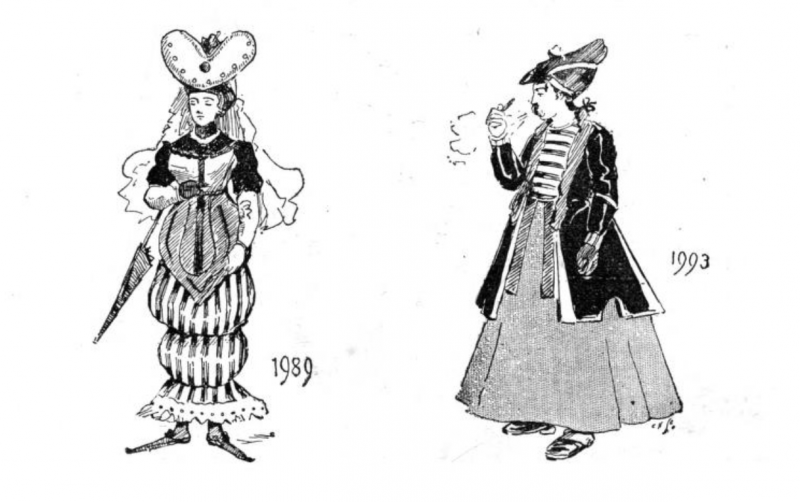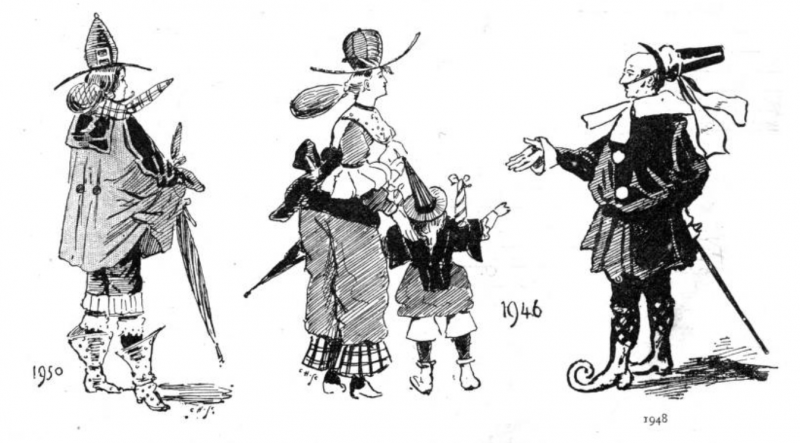When Malcolm Gladwell appeared on The Joe Rogan Experience last month, he admitted something about himself that may surprise many of his readers. “I read so many thrillers,” he says to Rogan toward the end of the conversation. “How many do I read a year? Fifty, sixty, seventy? You know when you go in the airport, into the Hudson News, and you see there’s a whole wall of thrillers? I have read every single one.” But it will surprise exactly none of his readers that he’s also come up with a categorization system of thrillers: we all know what a “Western” is, but the Gladwell theory of thrillers also encompasses the distinct sensibilities of the “Eastern,” the “Northern,” and the “Southern.”
A Western takes place in “a world in which there is no law and order, and a man shows up and imposes, personally, law and order on the territory, the community.” An Eastern is “a story where there is law and order, so there are institutions of justice, but they have been subverted by people from within.” In a Northern, “law and order exists, and law and order is morally righteous, the system works.” (A prime example is, of course, Law and Order.) A Southern is “where the entire apparatus is corrupt, and where the reformer is not an insider but an outsider.” Gladwell describes each and every John Grisham novel as a Southern, then hastens to add, “I love John Grisham.” But he seems to have an even greater love for the modern-day Western in the form of Lee Child’s Jack Reacher novels.
“The Reacher books are Westerns,” Gladwell writes in a 2015 New Yorker piece. “The traditional Western was a fantasy about lawfulness: it was based on a longing for order among those who had been living without it for too long.” But in today’s world, where “we have too much order,” our “contemporary fantasy is about lawlessness: about what would happen if the institutions of civility melted away and all we were left with was a hard-muscled, rangy guy who could do all the necessary calculations in his head to insure that the bad guy got what he had coming.” Gladwell had already mentioned the Reacher books in the magazine once before: “Child’s B‑pluses are everyone else’s A‑pluses,” he writes in a 2010 year-in-reading piece in which he describes himself as “first and foremost, a fan of thrillers and airport literature.”
Gladwell also vouches for Stephen Hunter and his sniper hero Bob Lee Swagger (“They’re fantastically well written,” he says to Rogan of Hunter’s work, also noting that “anything with the word ‘sniper’ in it is generally one of his books”) as well as Olen Steinhauer and his “conflicted and neurotic and hopelessly sentimental” Milo Weaver. “I have — by conservative estimate — several hundred novels with the word ‘spy’ in the title,” Gladwell tells the New York Times in a 2013 interview. That must owe in part to his status as a longtime fan of John le Carré’s novels starring unassuming British intelligence office George Smiley. “I’d like to go for a long walk on the Hampstead Heath with George Smiley,” Gladwell says. “It would be drizzling. We would end up having a tepid cup of tea somewhere, with slightly stale biscuits. I would ask him lots of questions about Control, and he would evade them, gracefully.”
Gladwell discusses le Carré’s The Spy Who Came In from the Cold, the 1963 novel in which Smiley first appears, in an appearance this year on the podcast 3 Books. “It’s simultaneously a spy thriller, a kind of critique of postwar England, a kind of critique of the world of espionage and the business of espionage, and an extraordinary and brilliantly bleak picture of human nature,” he says, naming as one of the novel’s innovations its portrayal of Western and Communist spy operations as “essentially equivalent,” whereas “previously these kinds of books had good guys and bad guys.” But whatever its particular strengths, “for those of us who tell stories for a living, a good thriller is incredibly instructive.” Being “overwhelmingly about plot,” the thriller genre holds each plot to a high standard, and “when somebody manages to pull it off successfully, that’s intellectually of enormous interest to a storyteller.”
Asked recently by the Guardian to name a book that changed his life, Gladwell came up with Agatha Christie’s The Murder of Roger Ackroyd. “I was 12 or so when I read it,” he says. “I will never forget the sheer delicious shock of that ending, and realizing – maybe for the first time – that it was possible to tell a story in a way that made the reader gasp. I’ve been chasing that same result (not nearly as successfully) ever since.” And like any addict, he’s surely been chasing that Christie-induced first gasp as a reader ever since. Hence his seemingly comprehensive knowledge of the work of le Carré, Steinhauer, Hunter, Child, and all the other thriller and mystery writers he tends to brings up when asked, a group including names like Iain Pears and David Ignatius. To Gladwell’s mind, they all have much to teach us — even if the stories we tell involve muscular vigilantism and international espionage less than they do meritocracy and spaghetti sauce.
Related Content:
Malcolm Gladwell Explains Where His Ideas Come From
The Case for Writing in Coffee Shops: Why Malcolm Gladwell Does It, and You Should Too
Based in Seoul, Colin Marshall writes and broadcasts on cities, language, and culture. His projects include the book The Stateless City: a Walk through 21st-Century Los Angeles and the video series The City in Cinema. Follow him on Twitter at @colinmarshall or on Facebook.

















